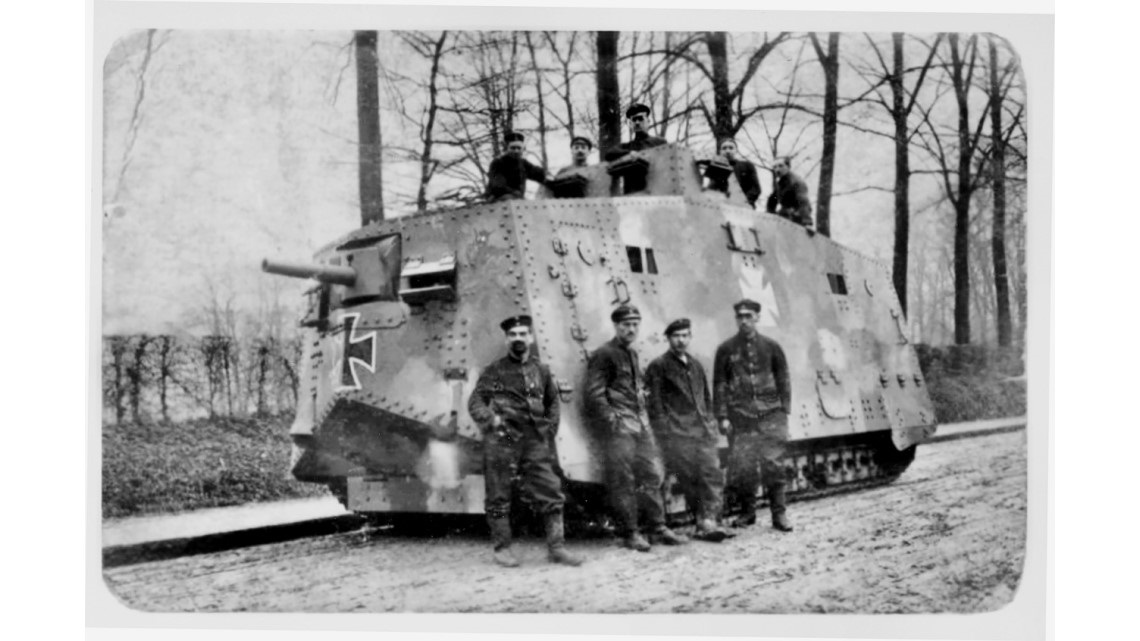How Queensland ended up as the home to the rarest tank in the world
Published 08 April 2022

Greg Czechura is the co-author of the Queensland Museum Mephisto Discovery Guide and expert shares the story and significance of this rare tank.
Mephisto is the sole surviving example of a German Sturmpanzerwagen A7V. The Germans built a mere twenty of these vehicles, while France and Great Britain produced thousands of tanks of several models during the First World War. The A7Vs saw action between March and November 1918. The vehicle now known as Mephisto participated in two battles: St Quentin in March 1918 and Villers-Bretonneux in April. The name Mephisto was bestowed on the vehicle after St Quentin. The other A7Vs were destroyed in combat, captured, cannibalised for spare parts, or scrapped between 1919 and 1942.
How did it end up here in Queensland?
Mephisto participated in the second battle of Villers-Bretonneux (24-27 April 1918) but was left stranded in No-Man’s-Land until its capture and recovery in July by men of the 26th Battalion AIF, and vehicles and crews of the 1st Gun Carrier Company (British Tank Corps). There was a strong Queensland connection with 26th Battalion, so a proposal supported by prominent Queenslanders, including the Premier T.J. Ryan and Governor Sir Hamilton Goold-Adams, was raised that the tank be displayed as a war trophy in Queensland. On the morning of 2 June 1919, it was unloaded on Norman Wharf in Brisbane before being towed to the Queensland Museum in Fortitude Valley on 22 August 1919.
Why was it so important to capture Mephisto?
The German A7Vs were rarities, so any that fell into Allied hands could provide vital intelligence on performance and vulnerabilities. Mephisto also represented a substantial morale booster as it represented tangible evidence of the Australian achievements at Villers-Bretonneux and, by extension, the Western Front. Indeed, Mephisto is one of the two most significant AIF trophies of the war – the other being the 28cm railway gun known as the ‘Amiens Gun’ captured by 31st Battalion AIF. These war trophies not only honour the role of Australian arms in the final battles of the Western Front in 1918, they also have become objects of memory, remembrance, and mourning.
You can come face to face with Mephisto as it now resides in its permanent home at Queensland Museum, South Bank in the Anzac Legacy Gallery.